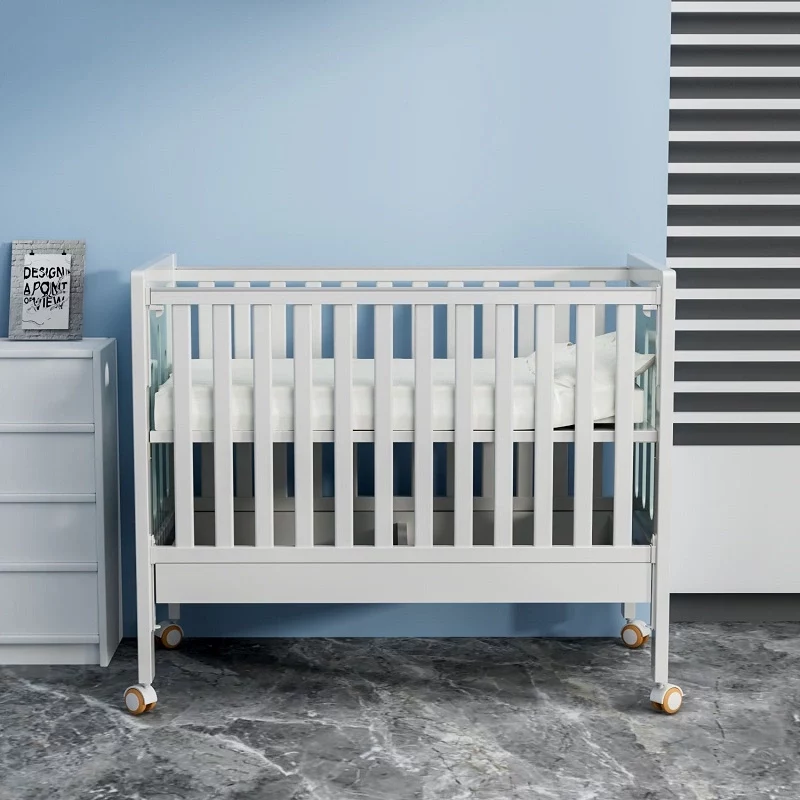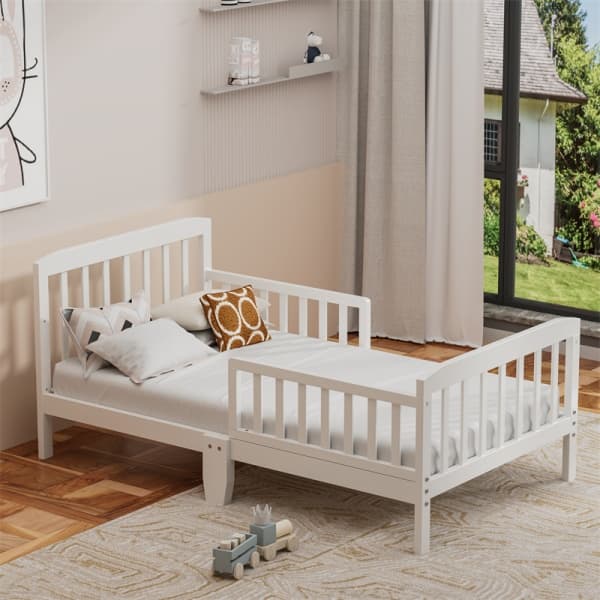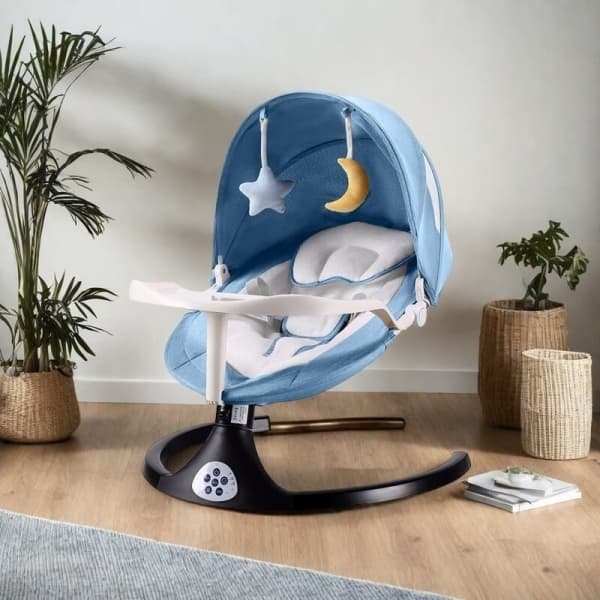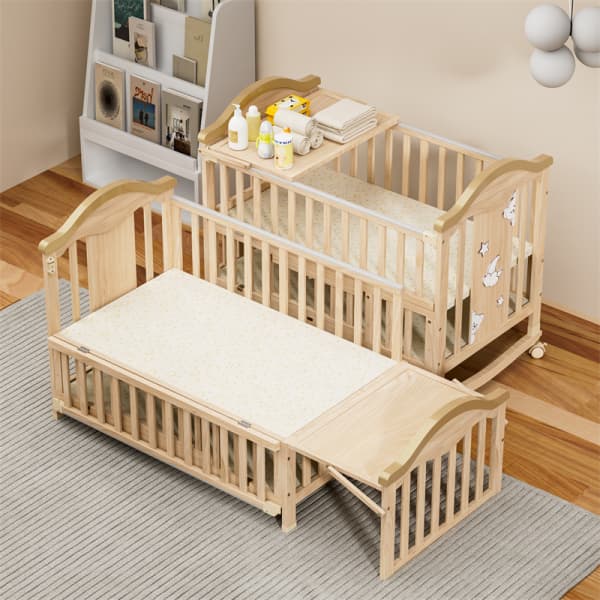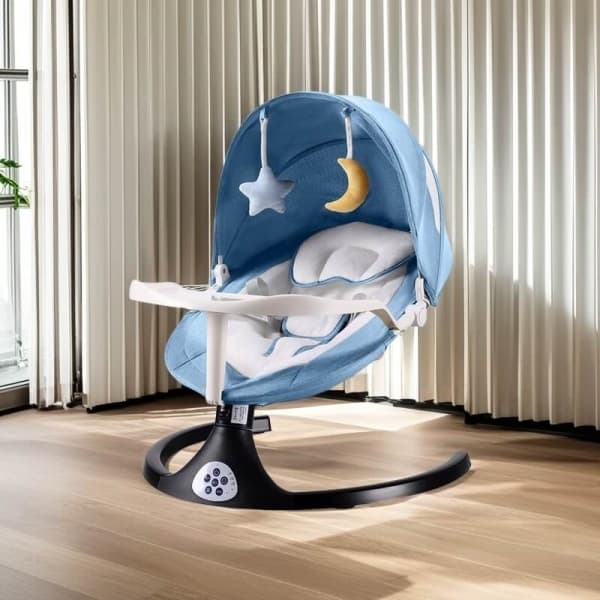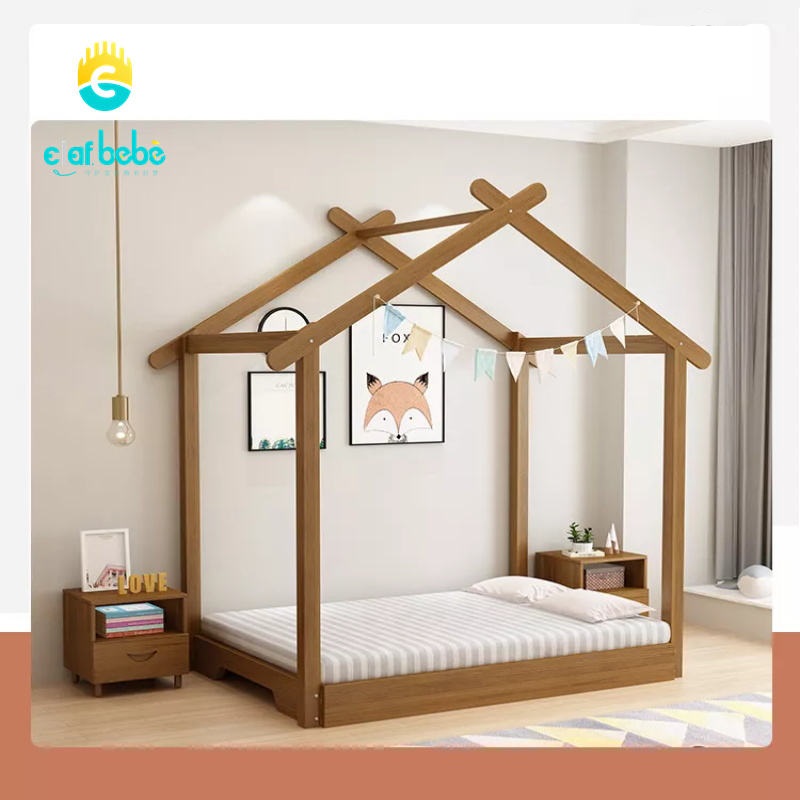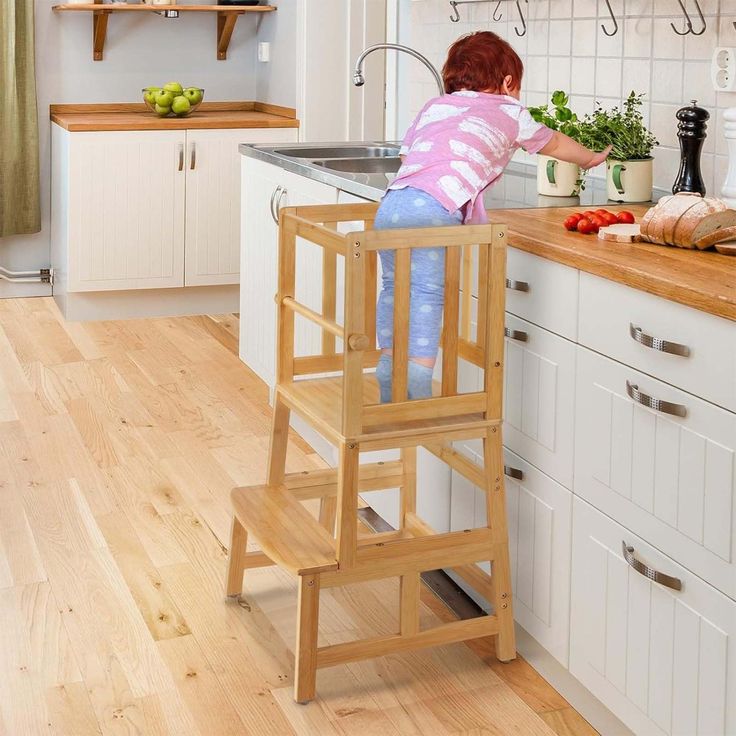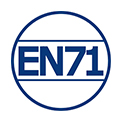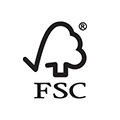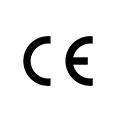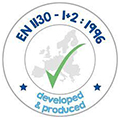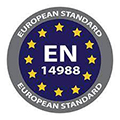In most regions, baby products on the market have always had strict safety standards to protect vulnerable infants and young children. This is also true for the cribs we will discuss in this blog.
Crib’s safety standards reduce the risk of babies suffering injuries, ensure that the materials used in manufacturing cribs are safe, ensure uniformity in the crib sector, and assure parents that the cribs in the market are safe for their babies.
Apart from international safety standards, there are region- and country-specific crib safety standards. Here is a guide on crib safety standards and certifications.
Overview of International Crib Safety Standards

The safety standards for cribs vary from country to country, so the same product may not be sold in all baby markets worldwide. When importing and selling crib products, it is best to check the safety standards in your area to ensure that the product is legal and compliant. The following are some regulations in some countries:
1. International Common Safety Standards
ISO 7175-1: 2019
The International Organization for Standardization (ISO) sets global standards for products across all industries.
ISO 7175-1 certification is for children’s furniture, specifically children’s cots and folding cots for domestic use. The scope of the certification extends to cots that can be converted into other products.
The certification ensures that cribs’ materials meet the relevant standards, cribs are stable enough not to overturn, and are constructed accordingly with no edges or protruding parts that may harm the baby.
2. American Standards
ASTM F1169-19
This safety standard applies to all full-size cribs, new or used. The requirement determines the structural integrity of cribs. Cribs with this certification are strong enough to support babies of the required age. The requirement also focuses on the design specifications of cribs. Lastly, the certification also sets forth the warning labels and instructional materials that should be placed on full-size cribs.
ASTM F406-19
This requirement applies to non-full-size cribs and play yards. It establishes tests to determine the structural integrity and performance requirements for non-full-sized cribs and play yards. Additionally, ASTM F406-19 sets out the requirements for labeling non-full-size cribs and framing their instructional guides.
3. European Standards
EN 1130:2019
The requirement provides safety requirements and test methods for cribs. It covers cradles, suspended cribs, and bedside sleepers used at home and non-domestic use. EN 1130: 2019 covers cribs used by babies until they can support themselves on their hands and knees. The standard does not apply to cribs used for medical purposes or in healthcare centers.
EN 716-1
Looks at the safety of children’s cots and folding cots. It applies to fully assembled cribs and convertible cribs. The standard sets out the safety requirements for the design and manufacturing of cribs to ensure the production of reduced-risk cribs.
4. Australian Standards
AS/NZS 2172:2013
The standard covers safety requirements for domestic cribs in Australia and New Zealand. It provides regulatory bodies and manufacturers with requirements that ensure cribs meet performance specifications.
The standard sets out requirements ensuring children’s safety while they use the cribs. It applies to all cribs, second-hand and new. The standard requires cribs to satisfy the impact, durability, load, and strength tests.
It also specifies that household cribs should have a fixed base or a maximum of two adjustable positions and the distance that crib manufacturers should maintain between crib slats.
Understand the Safety of Raw Materials
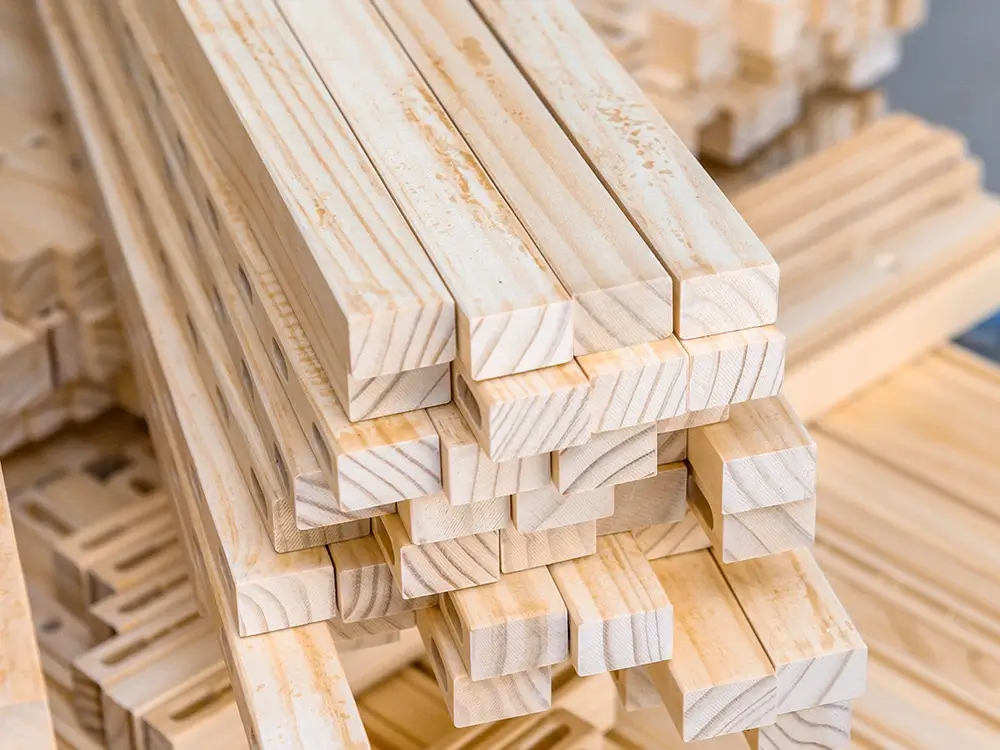
Non-toxic Materials
The raw materials for cribs should undergo relevant testing to ensure they are safe for use by babies. Some materials contain harmful materials like formaldehyde which may have adverse effects.
The adverse effects are mostly on children’s health but extend to the environment. Harmful emissions from toxic materials have been linked with baby allergies and asthma. Some paints glues, woods, and plastics can cause kidney issues and cancer. They also reduce the quality of indoor air.
Therefore, it is important to use non-toxic materials while making cribs. The health effects from toxic materials are long-term and babies may end up with problems well into their adulthoods.
Lead Testing
Lead is a toxic element that can contaminate children’s furniture or toys. Lead exposure can severely affect children. In extreme cases, they may become comatose or die. Children who survive severe lead poisoning suffer lifelong effects such as intellectual disabilities and behavior disorders.
Although lead poisoning in paint and crib materials may not be that severe, It is important to test the materials used in crib manufacturing for lead. Manufacturers should use lead test kits to check for lead in their raw materials. Lead poisoning on crib materials is common as lead contaminates soil and can further contaminate the wood harvested from it
Parents can double-test the cribs at home. They should also avoid lead-painted cribs as babies often chew on cribs exposing the toxic element.
Baby furniture manufacturers should comply with the regulation standard on the limitation of lead and phthalate content in the paint and surface coating.
If you want to know more about safe crib materials, you can click here to view them.
Understand the Design and Construction Safety Features

Performance
Cribs should be designed and constructed to meet the relevant standards for strength, durability, load, and stability.
A stable crib should not overturn when the baby plays on it. Babies may sometimes move excitedly on the cribs and if they are not stable enough, they will overturn injuring the baby.
Design requirements also specify distance limits for adjustable base positions. This ensures the crib maintains stability while supporting the load (baby) at both base positions. International regulatory bodies like the ISO give certifications on cribs designed for performance.
Slat Distance
Crib slats prevent the baby from falling, facilitate the baby’s ventilation, and allow visibility for both the baby and the parents. However, Cribs should be designed with the distance between the slats not exceeding 2 ⅜ inches.
The spacing regulation prevents baby entrapment. Infants may get their heads stuck between the slats if the crib spacing is wider. Entrapment can lead to suffocation and should be avoided by replacing the slats when they are loose or broken.
Additionally, if the slats are too wide, babies are curious beings who may want to peep outside and end up falling and injuring themselves.
Ornamentation Features
Cribs should not have ornamentation features like toeholds, corner posts, or other features that may protrude or stick out from the crib. The baby’s clothing might get snagged on the ornamentations leaving them in precarious positions. The crib should also not have sharp edges accessible to the baby as they may harm themselves.
Additionally, avoid cribs with drop rails as they do not conform to some safety standards. For cribs with wheels, ensure they have a safety locking feature to prevent them from moving when the baby gets excited.
How to Check for Crib Recalls?
Despite safety certifications, guarantees from a retailer, and high praise from friends and family, a crib may still not meet safety requirements. The best way to guarantee that a crib is safe for your baby is by checking for recalls. Here is a guide on how to check for crib recalls.
Check Government Websites
Product recall happens when a government regulatory body or a manufacturer removes a product from the market due to the product posing a serious risk. Because of the prevalence of online shopping, you may initially miss the recall notice but can check on government websites to confirm.
The American Consumer Product Safety Commission has a recalls page where you can search whether a particular product has been recalled. The page also provides the reason for the recall.
Additionally, CPSC has a website page where you can file a complaint about any product you suspect is unsafe.
Check Retailer Information
The government may direct a manufacturer to recall its product. When that happens, the manufacturer should relay to their retailers that the product has been recalled.
The notice should be given before the public recall announcement. Retailers should then relay the same to customers on their online shopping platforms. Search for a specific product in online stores and you will know if they have been recalled.
How to Use a Crib Safely?
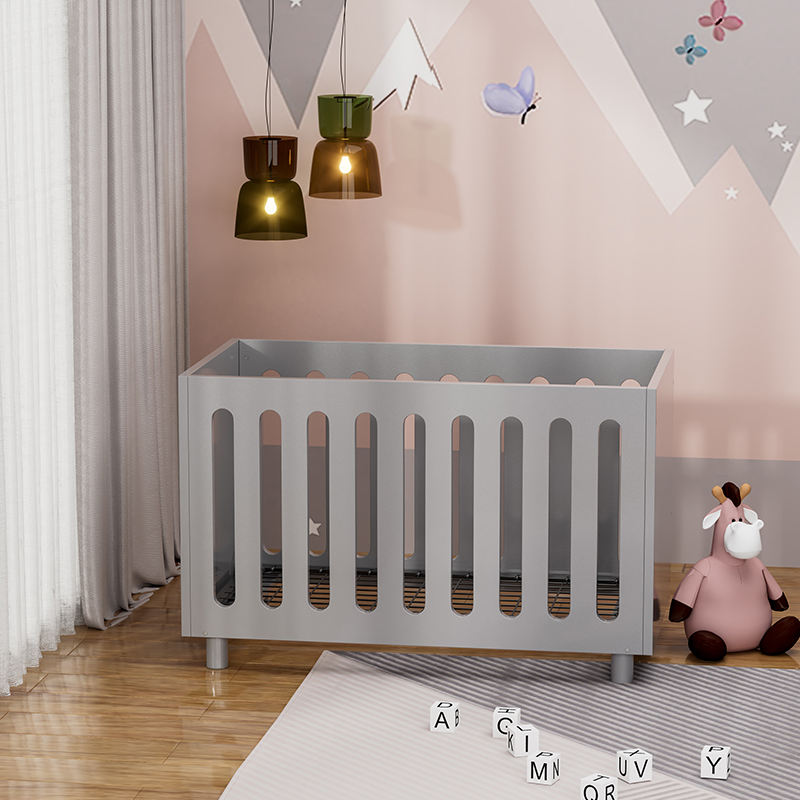
1. Read the Maufacturers’ Instructional Guide
A manufacturer best understands the design of their crib. The guide should have instructions on assembling the crib, the unique safety guidelines specific to that crib, how to maintain it, and the precautions one should take while their babies are using the crib.
Follow the guide throughout the usage period of that crib to ensure that your baby is safe while in there.
2. Safe Placement of the Crib
Avoid placing it near windows where the baby could potentially get caught in blind cords or pull-down curtains. Keep the crib away from furniture or objects that the baby might use to climb out. Additionally, make sure the crib is not placed directly under shelves, pictures, or other heavy objects that could fall.
Ensure the crib is set up in a draft-free area, away from vents, radiators, or direct sunlight, as these could cause the baby to overheat or become too cold. It’s also wise to keep the crib away from wall outlets and electrical cords to minimize potential hazards.
3. Assemble the Crib Correctly
When assembling the crib, take the necessary time required for the task. Begin by reading the manufacturer’s instructions on assembling and then follow them. After you have completed the assembling process, double-check to ensure that all the screws or bolts are well-tightened to keep the crib stable for your baby.
4. Use the Correct Bedding
Choose the correct mattress that fits well into the crib. Leave no space between the mattress and the crib sides when placing it. Use the two-finger test to check whether the mattress is a good fit for the crib.
Pick a firm mattress, padded mattresses increase the risk of the baby suffocating.
5. Place the Baby on the Crib Correctly
Ensure that the baby is on their back when sleeping in the crib. Do not place accessories like pillows, bumper pads, or stuffed animals in the crib with the baby. You should use a fitted sheet specifically designed for crib use.
6. Avoid Cutouts
Avoid cribs with cutouts anywhere on the headboard or at the foot of the crib to prevent the baby’s head from getting trapped.
7. Crib Height Adjustments
Newborns can have the mattress set at a higher level for easier access, but as soon as the baby begins to push up on their hands and knees or sit up, the mattress should be lowered to prevent falls.
Once the baby begins to stand, lower the mattress to the lowest setting. If the crib side rail is at or below the baby’s chest, it’s time to consider transitioning to a toddler bed to prevent the baby from climbing out and falling.
Why and How to Ensure the Safety of Crib Accessories?
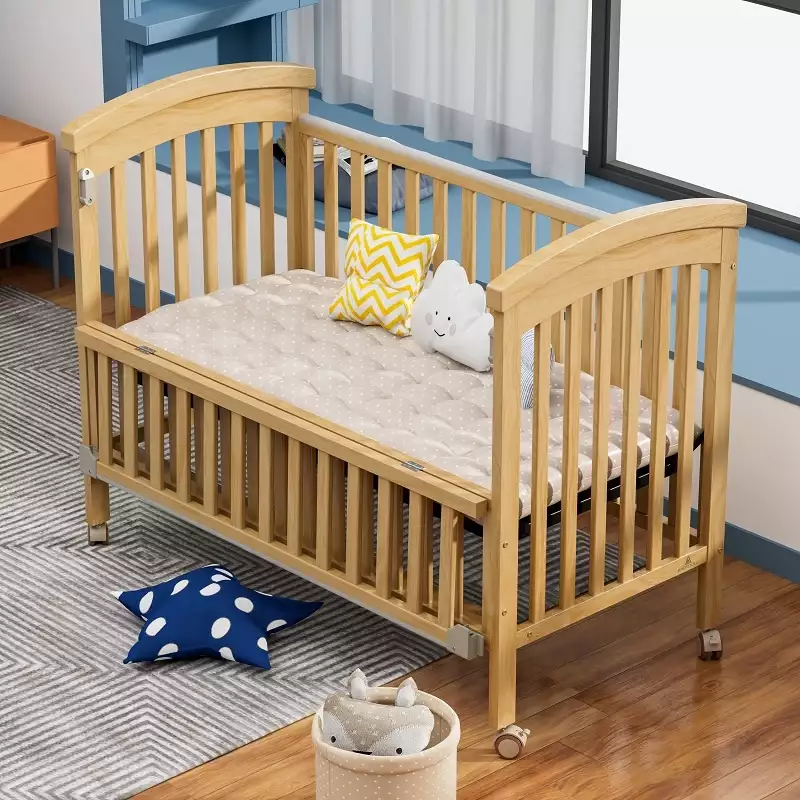
Reasons
Infants and toddlers are constantly at risk. Some risks babies face while in the crib are suffocation and strangulation.
Babies are usually weak and cannot move their necks when they sleep on sheets or materials not designed for breathability or comfort they may suffocate. Items like crib bumpers, pillows, quilts, and stuffed animals might seem harmless, but they can increase the risk of suffocation and Sudden Infant Death Syndrome (SIDS).
Additionally, improperly secured crib accessories like mobiles or toys with small parts can become choking or strangulation hazards.
Methods
- To ensure the safety of crib accessories, start by minimizing the number of items in the crib. The safest sleep environment for a baby includes just a firm mattress with a fitted sheet. Avoid using crib bumpers, pillows, or loose blankets.
- Buy mattresses that fit the crib and are firm and flat. Use sheets that are breathable and comfortable for the baby. A sheet made from cotton or cotton blend is the most preferable option.
- Ensure that the sheet fits correctly on the mattress. That will prevent the sheet from creasing and slipping off.
- Crib canopies can be used to hang mosquito nets but they should be well out of reach to prevent the baby from getting tangled.
- Avoid bumper pads. They are not considered safe for newborns and infants. The Consumer Product Safety Commission warned consumers about them and you should avoid them to ensure your baby’s safety.
Conclusion
The well-being of babies is most parents’ priority. Babies spend a considerable amount of time on cribs. Therefore, the safety standards for cribs should be high to prevent babies from suffering injuries and health effects.
The safety standards may vary from region to region but generally emphasize babies’ safety. They ensure cribs have structural integrity, are durable, and can support the baby. Despite the certifications, you should ensure the crib’s safety by learning how to use it safely and avoiding crib practices that interfere with your baby’s safety
Clafbebe is a reliable crib manufacturer with international safety certification and traceable raw materials. Contact us for quality wholesale cribs that will help you boost your brand.


